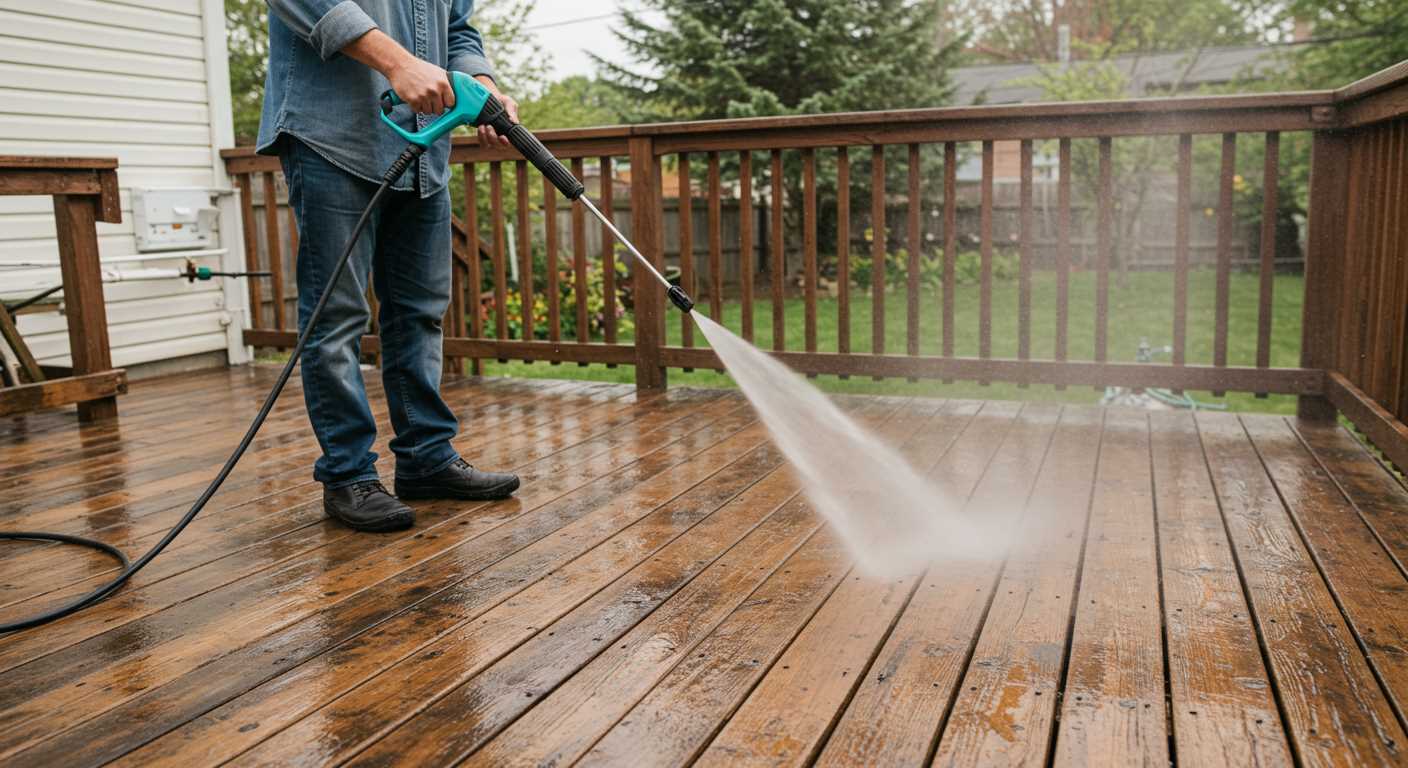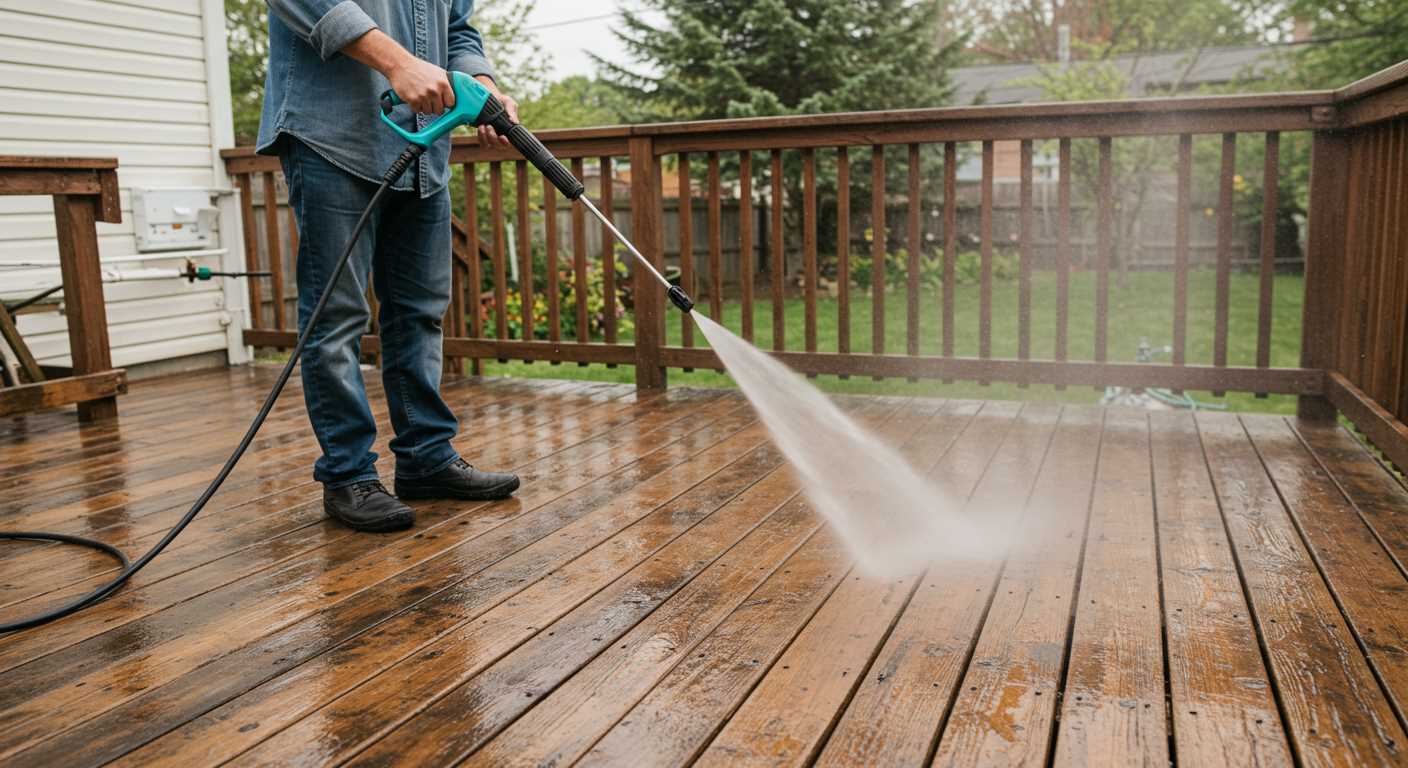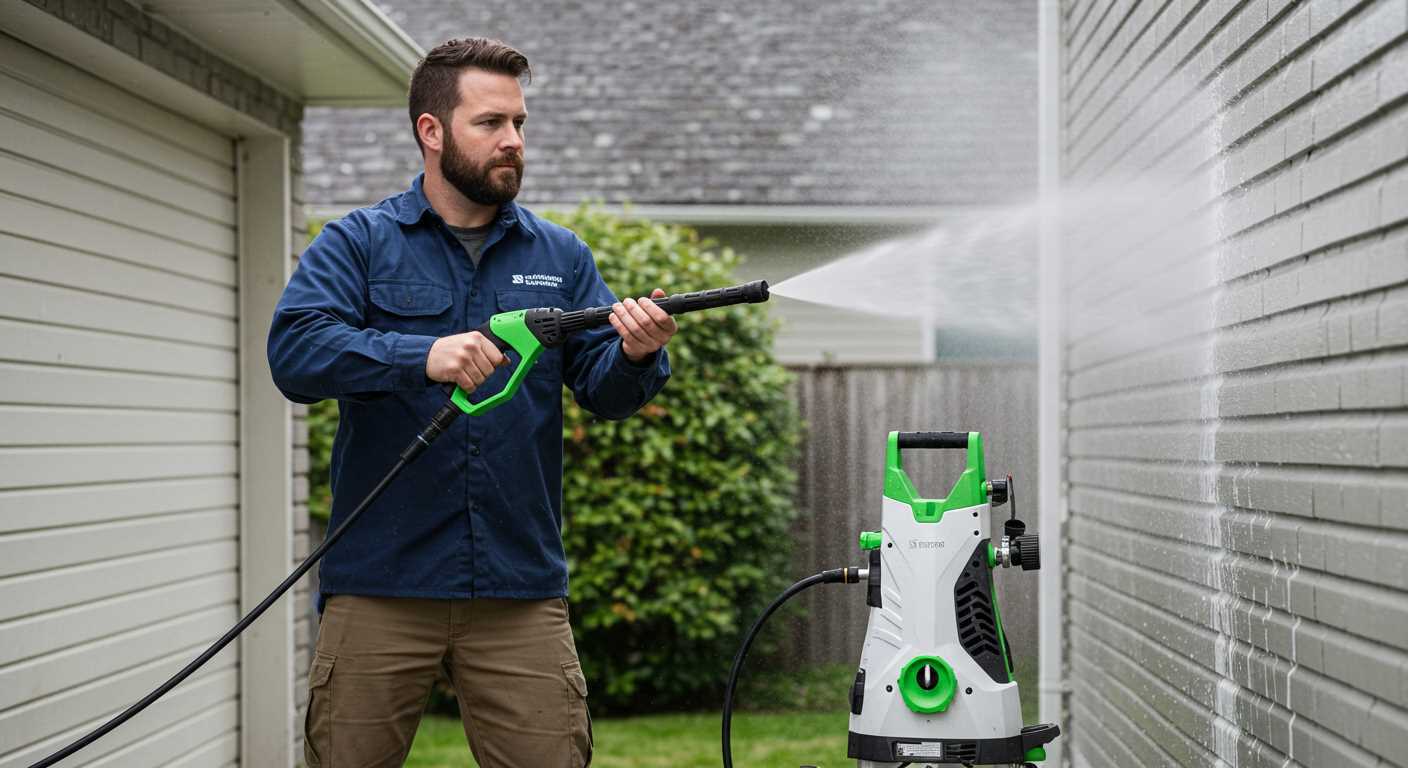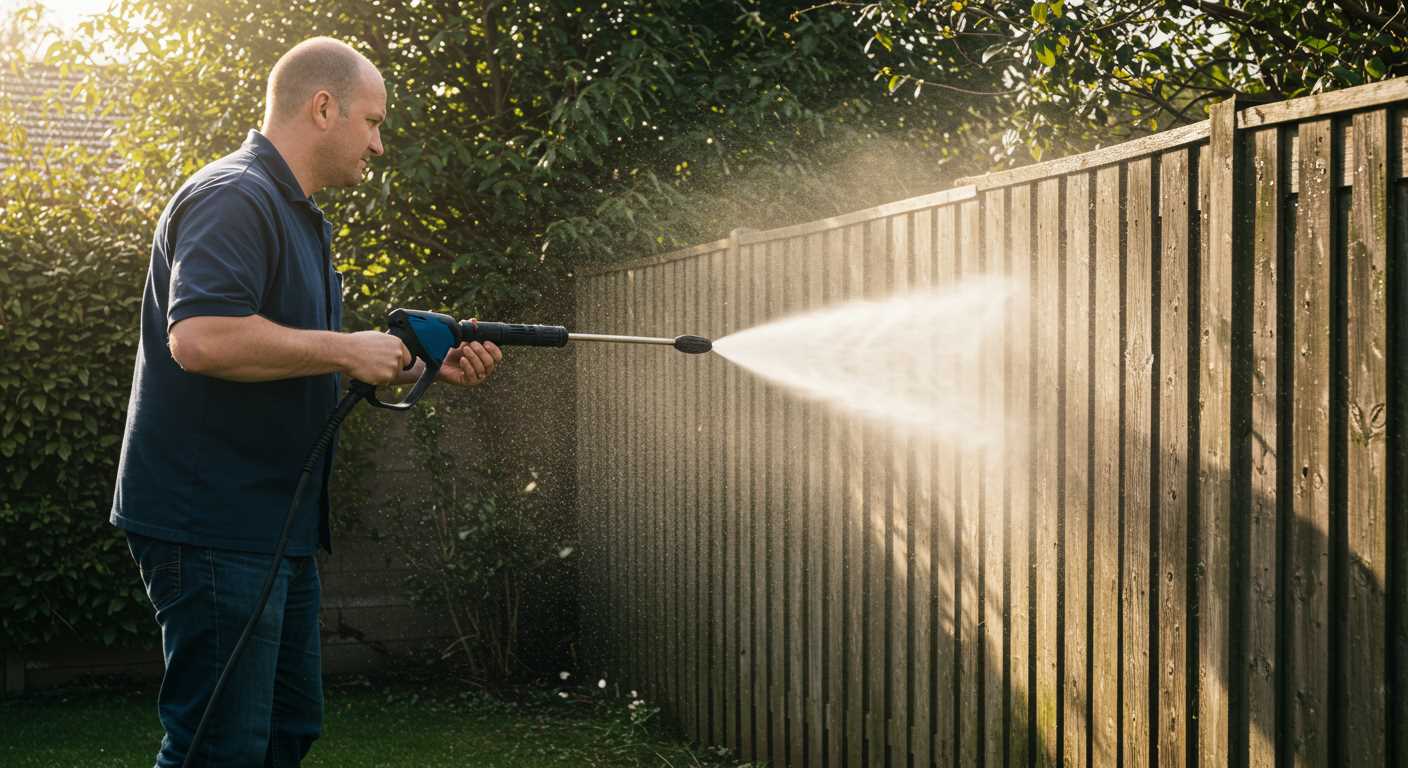


The right tip can make all the difference in your cleaning tasks. If you’re dealing with tough grime, a narrow angle attachment will focus the water stream for intense cleaning. Conversely, for larger surfaces like patios or driveways, a wider angle can cover more ground quickly and efficiently. Trust me, I’ve had my fair share of struggles figuring out which attachment to use, and the learning curve can be steep.
Consider the material of the surface you’re working on. For delicate surfaces such as wooden decks or painted walls, a low-pressure alternative is crucial to prevent damage. I once made the mistake of using a more aggressive attachment on a wooden fence, resulting in splintering that took much longer to repair than it would have to clean properly in the first place.
Don’t overlook the importance of the colour coding system. Each hue corresponds to a specific spray angle and application, making it easier to select the right one at a glance. My personal favourite is the green attachment for general cleaning; it strikes a balance between power and coverage, making it versatile for various tasks.
Lastly, always check the manufacturer’s recommendations. Each model may have specific attachments designed to optimise performance, which can save you time and enhance the longevity of your equipment. In my experience, sticking to these guidelines has consistently yielded the best results.
How Do I Select a Suitable Attachment for My Cleaning Task
When you’re gearing up for a cleaning project, the right attachment can make a significant difference. Based on my experience with various models over the years, I recommend focusing on the task at hand. Each attachment has a specific purpose, and understanding these can streamline your work.
For instance, a wider spray angle is ideal for delicate surfaces such as cars or wooden decks, while a narrow jet is perfect for tough grime on concrete or brick. I recall using a 15-degree attachment to remove years of dirt from a driveway, and it worked wonders without damaging the surface. It’s all about matching the attachment’s capabilities to your needs.
Here’s a quick reference table to help you understand the various attachments and their typical applications:
| Angle (Degrees) | Spray Type | Best For |
|---|---|---|
| 0 | Narrow Jet | Heavy-duty cleaning (stubborn stains) |
| 15 | Moderate Jet | Concrete, brick, and tough surfaces |
| 25 | Wide Jet | Vehicles, decks, patios |
| 40 | Fan Spray | Light cleaning and delicate surfaces |
Don’t overlook the importance of water flow rate and pressure as well. These factors can significantly influence the efficiency of your cleaning task. For larger jobs, I often recommend looking into a commercial pressure washer pump to ensure you have the necessary power and consistency.
In conclusion, the right attachment can make all the difference. Assess the task, choose the appropriate angle and type, and you’ll find that cleaning becomes a much more efficient process. Each project is an opportunity to refine your technique and get the best results possible.
Understanding Different Types of Nozzles
For various tasks, specific tips deliver optimal results. The most common types include the zero-degree, 15-degree, 25-degree, and 40-degree variants. Each serves a unique purpose, and knowing when to apply each can save time and effort.
The zero-degree tip produces a narrow, powerful stream, ideal for stubborn dirt on surfaces like concrete. However, it requires careful handling to avoid damage. I once removed years of grime from an old patio using this tip, but I had to maintain a safe distance to prevent etching the surface.
Next is the 15-degree attachment, which works well for stripping paint or tackling tough stains. I recall using it on a wooden fence that needed restoration. It effectively removed the old paint, allowing for a fresh coat without the hassle of sanding.
The 25-degree option is the go-to for general cleaning tasks, such as washing vehicles or outdoor furniture. I often use this tip for my car, as it strikes a balance between power and safety, ensuring I don’t damage the paintwork while still achieving a thorough clean.
Finally, the 40-degree tip is perfect for delicate surfaces like windows or siding. It provides a gentle spray that cleans without the risk of causing scratches. I learned this the hard way when I accidentally used a more powerful tip on my house’s siding, resulting in unsightly marks that took extra effort to fix.
Consider the material and condition of the surface you’re tackling. If you’re unsure, starting with a wider spray angle allows for a more forgiving cleaning approach, moving to narrower tips only if necessary. For further insights on related topics, check out this article on are digital cameras better than dslr.
Identifying the Right Spray Angle for Your Task
For optimal cleaning, select the correct spray angle based on the surface and type of dirt. A wider angle distributes water over a larger area, while a narrower angle concentrates force on a specific spot.
Common Spray Angles and Their Uses
- 0 Degrees: A pinpoint jet ideal for tough stains on durable surfaces like concrete. Use caution; this setting can damage softer materials.
- 15 Degrees: Great for removing grime from surfaces such as brick or stone. It’s effective for stripping paint but still requires care on delicate areas.
- 25 Degrees: Versatile for cleaning vehicles, patios, and decks. This angle balances power and area coverage, making it a popular choice.
- 40 Degrees: Best for delicate tasks like washing cars or outdoor furniture. It provides a gentle spray that protects surfaces while still cleaning effectively.
Matching Angle to Surface Type
- Concrete and Brick: Opt for 15 to 25 degrees, depending on the level of dirt.
- Wood Decks: A 25-degree angle helps avoid damage while removing dirt.
- Vehicles: Stick to 40 degrees to prevent scratches and damage to the finish.
- Patios and Driveways: For stubborn stains, a 15-degree angle can be effective, but be cautious of surface integrity.
Experiment with different angles to see which works best for your specific cleaning tasks. I’ve found that switching between angles for different areas saves time and improves results. Always test a small section first to ensure no damage occurs.
Matching Nozzle Size to Pressure Washer Specifications
For optimal performance, the size of the attachment must align with the specifications of the cleaning unit. Selecting the right dimensions can significantly impact the efficiency and results of your cleaning tasks.
First, consider the rated pressure of your device. Each attachment is designed to operate within a specific pressure range. Here’s a breakdown:
- Attachments rated under 1500 PSI are suitable for light-duty tasks, like washing cars and outdoor furniture.
- Models between 1500 to 3000 PSI cater to medium-duty jobs such as cleaning patios and driveways.
- For heavy-duty tasks, select attachments designed for units rated above 3000 PSI, ideal for commercial applications and stubborn stains.
Next, take into account the flow rate, measured in gallons per minute (GPM). The right combination of pressure and flow rate enhances the cleaning capability:
- Low GPM (1.2 – 1.5) pairs well with higher pressure for targeted cleaning.
- Medium GPM (1.5 – 2.5) works effectively for general residential tasks.
- High GPM (above 2.5) is excellent for quick cleaning of larger surfaces.
Throughout my years in the field, I experienced the difference a proper match can make. I once used an attachment that was too wide for a high-pressure unit, resulting in an ineffective spray pattern that wasted both time and water. Understanding the relationship between the attachment size and the machine’s output is paramount.
Lastly, keep an eye on the connector size. Most units have standard connectors, but variations exist. Always verify compatibility to avoid leaks or performance issues.
In summary, aligning the attachment size with the machine’s pressure and flow rate specifications is key to achieving excellent cleaning results. Take the time to assess these factors, and you’ll notice a marked improvement in your cleaning efficiency.
Choosing Between Fixed and Adjustable Nozzles
Fixed tips provide specific spray angles, typically ranging from 0° to 40°, each designed for distinct tasks. In my experience, if you know your requirements in advance, a fixed tip is excellent for ensuring consistent results. For instance, a 15° tip works wonders on tough stains like oil or grease on concrete. I recall using a fixed nozzle to clear my driveway; the precise angle made the job quick and efficient without risking damage to the surface.
On the other hand, adjustable tips offer versatility. With a simple twist, you can alter the spray pattern from a narrow jet to a wide fan. This adaptability has saved me time on various projects. I once tackled a large deck restoration, where switching from a concentrated stream to a broader spray allowed me to cover more area while rinsing off cleaning solutions effectively. However, keep in mind that frequent adjustments can lead to wear over time.
If you’re working on multiple surfaces or need to switch between tasks often, an adjustable option might suit you better. For specific jobs where precision is key, investing in fixed tips tailored to your needs is wise. Balancing these options based on your usual projects will enhance your cleaning experience significantly.
Considering Material and Durability of Nozzles
Opt for nozzles made from high-grade materials like stainless steel or reinforced plastic. Stainless steel nozzles resist corrosion and wear, making them ideal for heavy-duty tasks. I’ve had instances where cheaper plastic options cracked after just a few uses, especially under high pressure.
Pay attention to the nozzle’s construction. Look for solid, one-piece designs rather than those with glued or welded parts, which can fail over time. I learned this the hard way when a nozzle separated mid-use, causing not only a mess but also a safety hazard. Investing in a robust design can save you headaches down the line.
Consider the environment where you’ll be using the equipment. If you’re often working in harsh conditions, such as near saltwater or in extreme temperatures, opt for materials specifically designed to withstand these challenges. I remember working on a marine project where standard nozzles corroded quickly; switching to marine-grade options extended their lifespan significantly.
Lastly, check user reviews regarding durability. Real-world experiences can reveal how well a nozzle holds up over time. I’ve found that brands with a track record of longevity tend to be more reliable. Don’t overlook this aspect; it’s often the difference between a nozzle that lasts and one that needs replacing after a few jobs.





.jpg)


